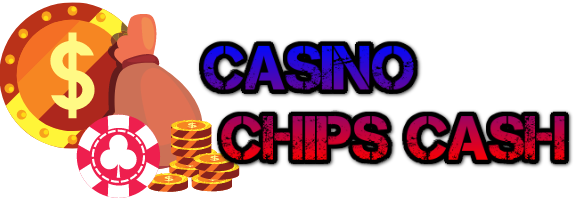Complete transparency in dice games emerges through technological implementations allowing players to verify every aspect of gameplay independently, from random number generation through outcome calculation to payout distribution. Modern digital dice platforms utilize multiple verification systems eliminating any possibility of manipulation while preserving excitement and unpredictability essential for engaging gaming experiences. For comprehensive technical coverage of dice game transparency and verification methods, check my blog where detailed analysis explores how different platforms implement complete fairness verification.
Provably fair verification
- Cryptographic algorithms generate dice outcomes using seed values that players can verify independently after each roll, providing mathematical proof that results were determined fairly. These systems combine server seeds, player seeds, and nonce values to create outcomes that neither party can manipulate or predict.
- The verification process enables players to input revealed seeds into independent calculators reproducing identical dice results, demonstrating outcomes resulted from algorithmic calculation rather than operator manipulation or bias.
- Seed commitment protocols require operators to publish encrypted seed values before gameplay begins, preventing result manipulation based on player betting patterns while maintaining game excitement through delayed seed revelation.
Blockchain integration benefits
Distributed ledger technology creates permanent, unalterable records of every dice roll and bet placement that players can audit continuously. These blockchain entries prevent any modification of historical results while providing complete transparency of all gaming activity. Transaction hashes provide unique identifiers linking player actions to specific blockchain entries, creating audit trails demonstrating exact event sequences for every gaming session.
- Smart contract automation – Self-executing contracts process bets and distribute payouts automatically according to predetermined rules coded directly into blockchain systems.
- Contract code transparency – Publicly visible smart contract code allows technical players to review exact logic governing game operations and payout calculations.
- Automated execution verification – Blockchain records demonstrate contract execution followed programmed rules without deviation or manual intervention.
Real-time result verification
Immediate access to cryptographic proofs allows players to verify roll fairness instantly rather than waiting for post-game analysis. These real-time verification capabilities maintain trust while preserving gameplay momentum. Mobile verification applications enable fairness checking from any device, providing instant confirmation of result integrity without requiring desktop access or specialized software.
Open source verification tools
Publicly available verification software allows players to check game fairness using independent applications rather than relying on operator-provided verification systems. These third-party tools process identical cryptographic data to confirm result accuracy. Community-developed verification platforms provide additional security through distributed oversight of gaming operations, creating peer-based monitoring systems supplementing official verification methods.
Multi-layer randomness sources
Advanced dice platforms combine multiple entropy sources including atmospheric noise, hardware random number generators, and cryptographic algorithms preventing any single point of randomization failure. External randomness beacons provide additional unpredictability that operators cannot control, incorporating real-world data like market fluctuations or weather information into random generation processes.
User-friendly interfaces allow non-technical players to verify game fairness without requiring programming knowledge or cryptographic expertise. These simplified tools process complex mathematical verification while presenting results in easily understood formats. Tutorial systems teach players how to use verification tools effectively, ensuring that transparency benefits are accessible to all participants regardless of technical background. Players can independently verify every aspect of their gaming experience through mathematical proof rather than relying on operator claims, ensuring dice games maintain both entertainment value and mathematical integrity.

